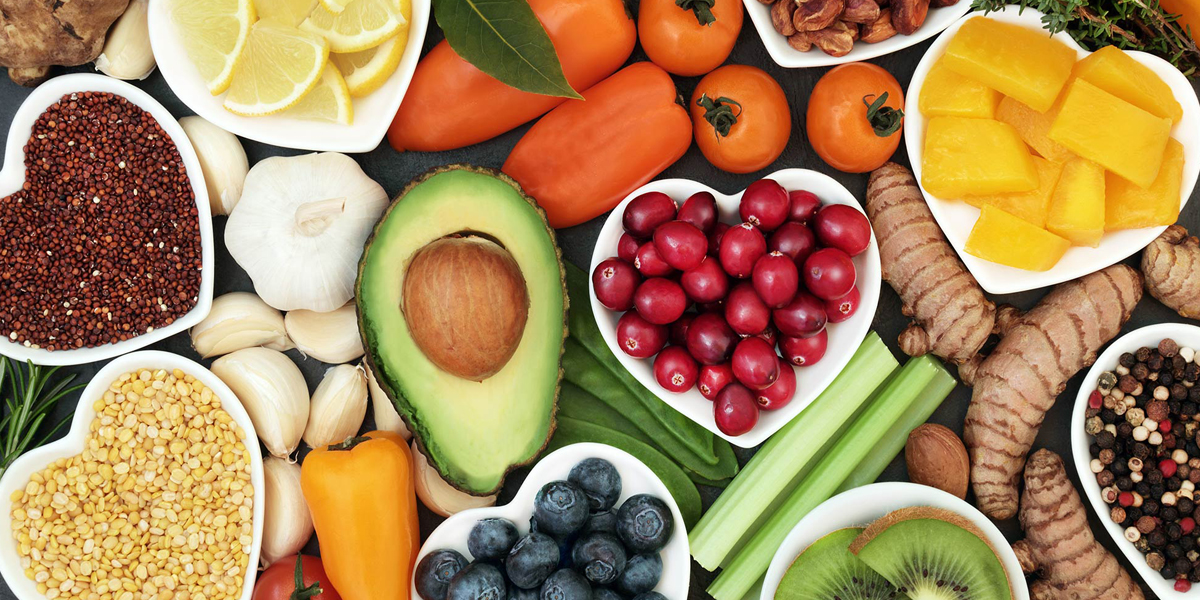Best Foods for Vitamins and Minerals

We are a hodge-podge of cells, made up of chemicals, compounds and elements that sustain us daily on this earth. Most of the time, unfortunate to say, we are in a state of imbalances when it comes to the systems those chemicals, compounds and elements are a part of. The last hope we had for natural homeostasis was at birth and for many of us with other genetic factors in the mix that was not even possible.
With this glob of messy imbalances and deficiencies, our body still yearns and looks to gain the balance that it’s been programmed to be. This state of being is what we, who have the need to improve ourselves right down to the mitochondrial level is seeking to bring back into center and balance us from the outer influences of diet, and environment. If you are one of the ones who are not shoving processed foods continually (and solely) into your gullet, you are looking to see how you can improve your daily intake so that balance has a chance of happening… at least for a while.
Basic Building Blocks
You have to start things out on the right foot to have any chance for that balance your body desires. As we have been told, and as the science has proven time and time again we need to have certain things that we ingest to keep our bodies working optimally. The basic building blocks, if you aren’t aware by now are Vitamins, Minerals and Proteins. These among all the rest of the subsets of amino acids, adaptogens, etc. are what is needed, and are the cause of the deficiencies from which people are now suffering.
I found a great article that details this most succinctly from Harvard Medical School (original article can be found here) that speaks directly to these building blocks, which I have included in full below:
“Vitamins and minerals get thrown together, but they are quite different. Vitamins are organic substances produced by plants or animals. They often are called “essential” because they are not synthesized in the body (except for vitamin D) and therefore must come from food.
Minerals are inorganic elements that originate from rocks, soil, or water. However, you can absorb them indirectly from the environment or an animal that has eaten a particular plant.
Two types of each
Vitamins are divided into two categories: water soluble—which means the body expels what it does not absorb—and fat soluble where leftover amounts are stored in the liver and fat tissues as reserves. The water-soluble vitamins are the eight B vitamins (B-1, B-2, B-3, B-5, B-6, B-7, B-9, and B-12) and vitamin C. The fat-soluble vitamins are A, D, E, and K.
There are many minerals, but certain ones are necessary for optimal health. Minerals are split into two groups: major and trace. Major ones are not necessarily more important than trace, but it means there are greater amounts in your body.
The top food sources
Federal guidelines suggest minimum daily amounts for vitamins and key minerals. However, unless you need to increase your intake for specific ones because of a deficiency or other medical reason, following so many numbers can be confusing.
The best approach to ensure you get a variety of vitamins and minerals, and in the proper amounts, is to adopt a broad healthy diet. This involves an emphasis on fruits and vegetables, whole grains, beans and legumes, low-fat protein, and dairy products. The good news is that many common foods contain multiple mineral and vitamin sources, so it is easy to meet your daily needs from everyday meals.
Here are some of the best foods for vitamins and minerals from the Harvard Medical School Special Heath Report, Making Sense of Vitamins and Minerals: Choosing the foods and nutrients you need to stay healthy:
Vitamin Sources
Water soluble:
B-1: ham, soymilk, watermelon, acorn squash
B-2: milk, yogurt, cheese, whole and enriched grains and cereals.
B-3: meat, poultry, fish, fortified and whole grains, mushrooms, potatoes
B-5: chicken, whole grains, broccoli, avocados, mushrooms
B-6: meat, fish, poultry, legumes, tofu and other soy products, bananas
B-7: Whole grains, eggs, soybeans, fish
B-9: Fortified grains and cereals, asparagus, spinach, broccoli, legumes (black-eyed peas and chickpeas), orange juice
B-12: Meat, poultry, fish, milk, cheese, fortified soymilk and cereals
Vitamin C: Citrus fruit, potatoes, broccoli, bell peppers, spinach, strawberries, tomatoes, Brussels sprouts
Fat soluble:
Vitamin A: beef, liver, eggs, shrimp, fish, fortified milk, sweet potatoes, carrots, pumpkins, spinach, mangoes
Vitamin D: Fortified milk and cereals, fatty fish
Vitamin E: vegetables oils, leafy green vegetables, whole grains, nuts
Vitamin K: Cabbage, eggs, milk, spinach, broccoli, kale
Minerals
Major:
Calcium: yogurt, cheese, milk, salmon, leafy green vegetables
Chloride: salt
Magnesium: Spinach, broccoli, legumes, seeds, whole-wheat bread
Potassium: meat, milk, fruits, vegetables, grains, legumes
Sodium: salt, soy sauce, vegetables
Trace:
Chromium: meat, poultry, fish, nuts, cheese
Copper: shellfish, nuts, seeds, whole-grain products, beans, prunes
Fluoride: fish, teas
Iodine: Iodized salt, seafood
Iron: red meat, poultry, eggs, fruits, green vegetables, fortified bread
Manganese: nuts, legumes, whole grains, tea
Selenium: Organ meat, seafood, walnuts
Zinc: meat, shellfish, legumes, whole grains”
This is only an introduction to what can be best for us to eat on a daily basis. For those of us who are looking to build a plan of eating healthier, this can be a point to jump up from and move forward with being better at what we choose to eat.
Either way, there is a better way of becoming healthy and maintaining that throughout our entire lives. Come back to the Articles Section for more!

